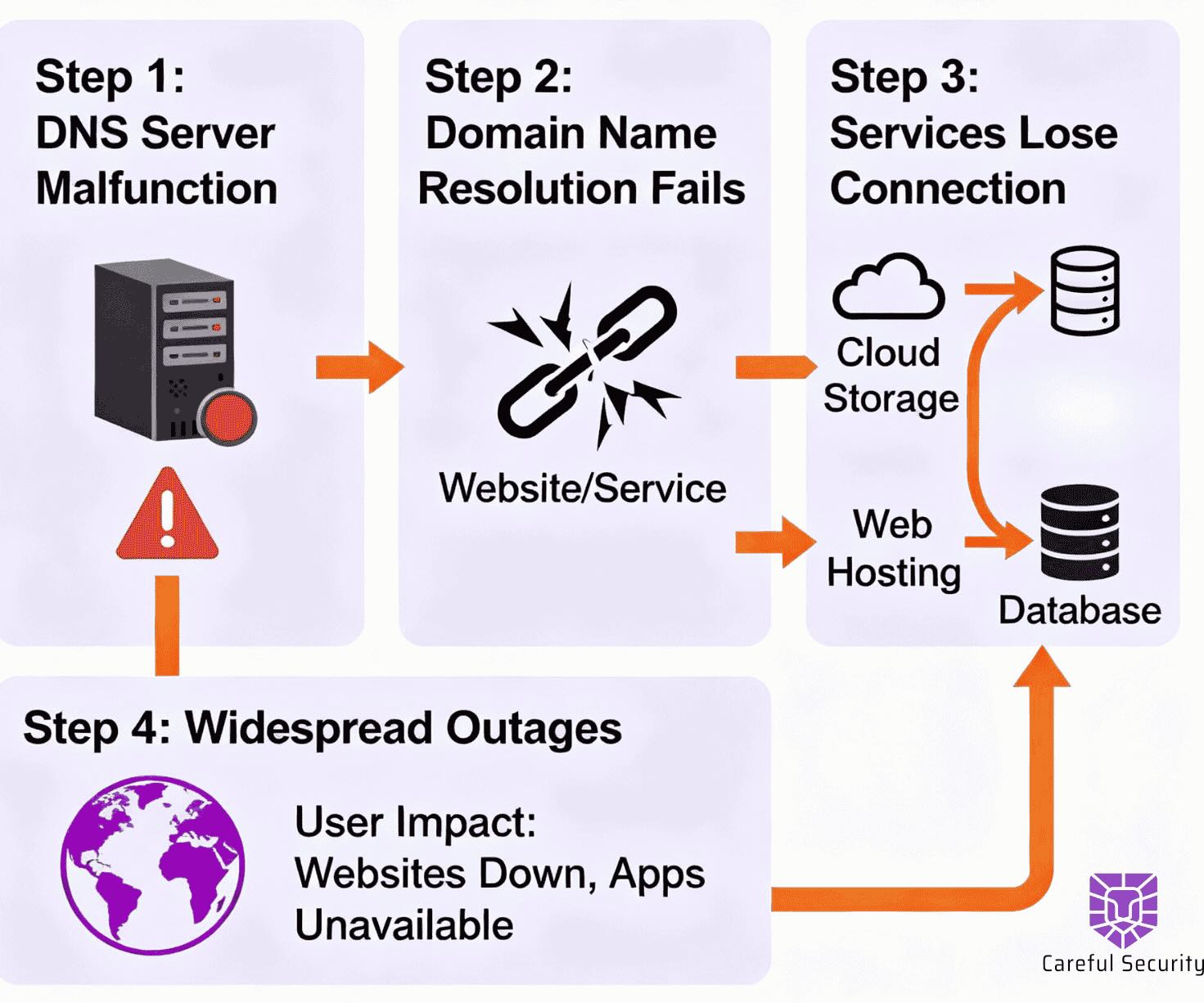Compliance Without Chaos: A 90-Day Roadmap to Audit Readiness

Let’s be honest — audits are stressful.
Most companies prepare for SOC 2, ISO 27001, HIPAA, or PCI like it’s a final exam they forgot was coming.
That’s why 40–60% of first-time audits fail.
But it doesn’t have to be that way.
With the right plan — and the right partner — you can get audit-ready in 90 days or less, without drowning in documentation or burning out your team.
In this guide, we’ll walk you through a week-by-week roadmap based on what we’ve seen work for our clients at Careful Security.
Phase 1 (Weeks 1–3): Map the Maze Before You Start Sprinting
Your goal: Understand what’s in scope, what’s missing, and who owns what.
Week 1: Define the Scope
- What systems, teams, and locations are in scope?
- Which compliance standard are you pursuing?
- What’s your audit deadline (real or internal)?
Pro Tip: Don’t over-scope. Only include assets that must be audited to meet client or regulatory expectations.
Week 2: Perform a Gap Assessment
- Review the required controls and compare against your current state
- Use a readiness tool or bring in a consultant to assess:
- Missing policies
- Incomplete technical controls
- Evidence that will be needed
Week 3: Build a 90-Day Audit Tracker
- Assign owners for each area (HR, IT, Security, Legal, etc.)
- Set realistic due dates for drafting policies and collecting evidence
- Choose a project tool (Google Sheets, Notion, or audit platform)
Phase 2 (Weeks 4–7): Build the Foundation
Your goal: Create or finalize the documentation and controls required for the audit.
Week 4: Risk Assessment & Asset Inventory
- Identify your key systems, data flows, and potential risks
- Document likelihood, impact, and treatment plan
- Create your official risk register
Week 5–6: Write & Finalize Policies
Focus on:
- Access control
- Incident response
- Change management
- Vendor security
- Data classification
- Acceptable use
Pro Tip: Every policy should have an owner, version number, and next review date.
Week 7: Technical Controls Review
- MFA enabled across systems?
- Audit logging turned on?
- Backups configured and tested?
- Endpoint protection deployed?
This is where security and compliance intersect. Make sure your actual controls match your policy claims.
Phase 3 (Weeks 8–10): Collect Evidence + Run a Mock Audit
Your goal: Ensure everything you built can be proven.
Week 8: Evidence Collection Sprint
For each control, collect:
- Screenshots or exports (logs, config, approval tickets)
- HR training records
- System access reports
- Vendor security documentation
Organize in a centralized folder, clearly labeled and mapped to the control framework.
Week 9: Run an Internal Audit
Have someone simulate the auditor experience:
- Review evidence
- Validate policy coverage
- Ask the tough questions
Capture gaps and fix what’s missing.
Week 10: Audit Kickoff Prep
- Finalize the scope and system description (for SOC 2)
- Confirm with your auditor: timeline, evidence format, observation period
- Prep your internal team: what to expect, who will be interviewed
Compliance Without Chaos Is Possible
If you follow this plan, here’s what happens:
- Your team doesn’t panic
- Your auditor is impressed
- You pass on the first try — without rewriting everything the night before
And most importantly:
You don’t just get a compliance report — you build a repeatable, risk-based security program.
Cybersecurity Leadership for Your Business
Get started with a free security assessment today.
.avif)
.avif)




.svg)
.svg)
.svg)